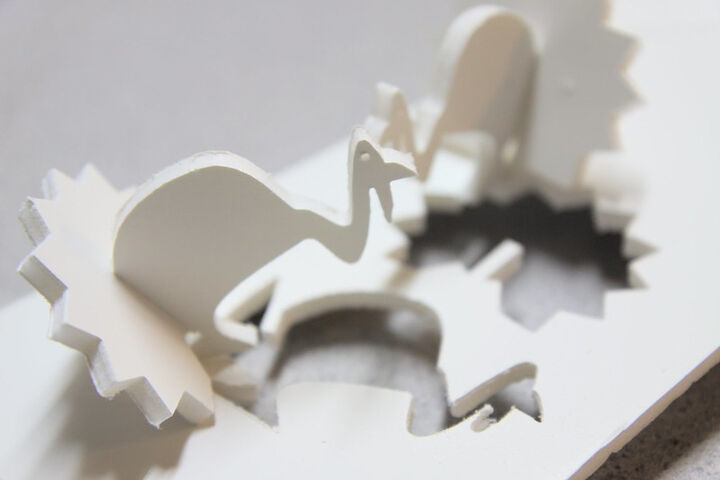
Ethylene-Vinyl Acetate (EVA) is a closed-cell foam material widely used in cosplay and decoration, sporting goods, and flooring. The key properties of EVA foam include flexibility and easy formability, which allow sheets to be formed and heated up to create a specific shape. Along with its lightweight and wide range of options (hardness, color, and texture), EVA foam becomes more common on a market.
Bestellung in EVA Foam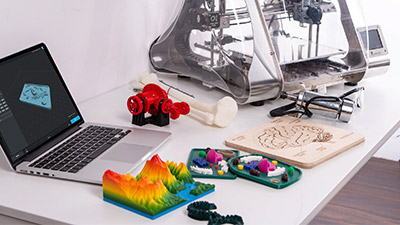
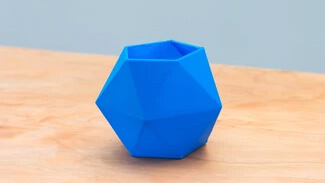
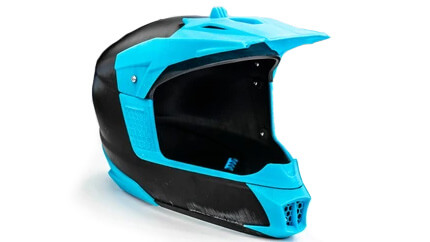
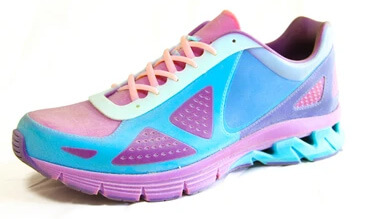
| Property | Value |
|---|---|
| Density | 35 kg/m³ * |
| Shore Hardness OO | 48 * |
| Elongation | 180% * |
| Tear Strength Resistance | 730 N/m * |
| Low Service Temperature | -94 °F / -70 °C * |
* number for VA35 EVA foam
Ethylene-vinyl acetate (or EVA for short) is a family of copolymer materials available in the forms of adhesives, liquids, films, and foams. With a varying percentage of vinyl acetate, different types of EVA are manufactured depending on the application.
Probably, the most popular form of EVA is expanded foam, which can be produced in sheets or rolls of different sizes, colors, textures, thickness, and hardness. The production process consists of:
The foam is used in many different industries and products, notable for its lightweight and outstanding properties of noise and thermal isolation. In addition to that, EVA foam provides good cushioning, buoyancy, and resistance to water, thus, finding use in fishing and sporting products and parts.
The material is pleasant to work with and displays easy formability. Amateurs widely use it as a craft foam for props and costumes, flower-making, and toys. What makes it so popular in these fields is the fact that once heated, EVA foam can be formed into a certain shape.
EVA exists in many material types, though, the most popular one is an expanded foam.
EVA foam is a versatile material used in many industries. It gained popularity among the cosplay community as a crafting material for armor, weapons, jewelry as well as other props. EVA foam comes in sheets or rolls, which can be cut, layered, and heated into a shape, sanded, and painted with relatively amateur skills or tools. Compared to plastic or metallic costumes, cosplay created from EVA foam is lightweight, though a bit less durable.
EVA foam can be recycled, however, the amount of companies doing so is very low.
The material can be easily cut manually using everyday tools such as an x acto knife. CNC machining and routing of EVA foam is also quite easy and suits well applications requiring precise foam cutouts (such as packaging or custom orthotic shoe insoles). Commonly, for deep cuts foams are suggested to be processed with a knife blade due to the material being light and cushy. Though, for thinner sheets, common routers can CNC mill EVA foam to a fine result.
Unlike PVC, EVA material should be safe to laser cut and engrave. Processing the foam using laser cutting, however, commonly leads to discoloration on the edges and tacky surface in terms of engraving. The only type of laser suggested to work with EVA foam is CO2, and it is also required to take careful precautions to avoid fire and flame hazards when working with this material.
Alle Kommentare (0)